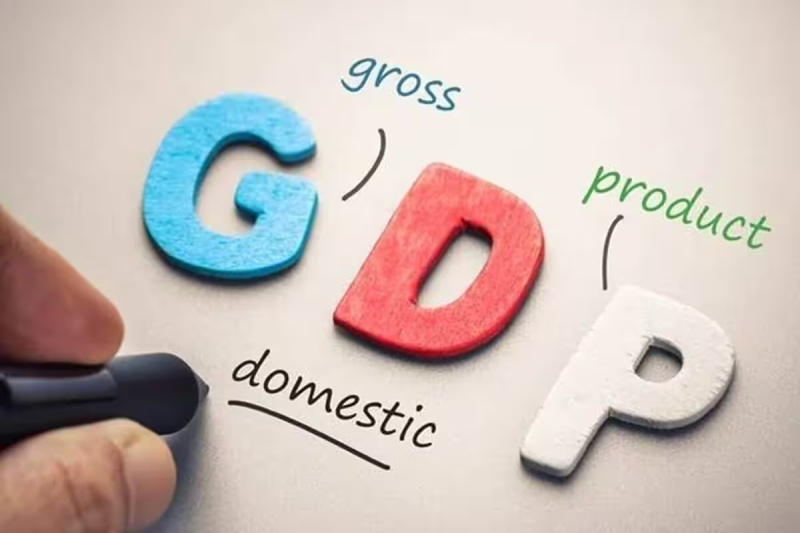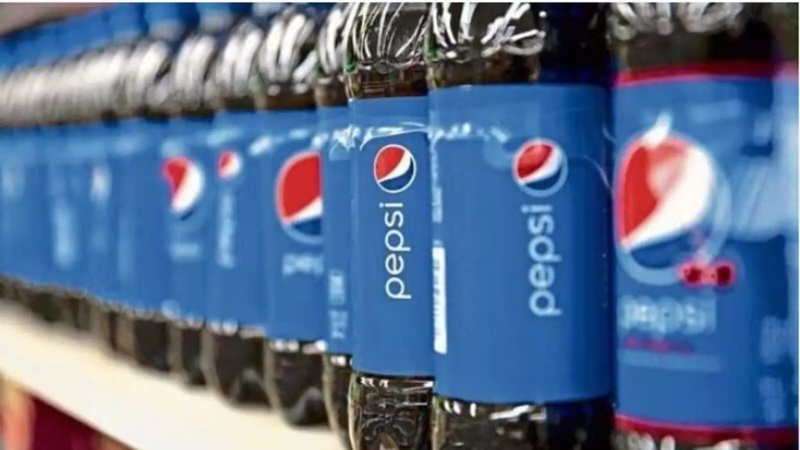India’s development is amazing. In the three months that ended in June (Q1FY24), gross domestic product (GDP) growth soared to a four-quarter high of 7.8% year-over-year. This is less than the Reserve Bank of India’s (RBI) forecast of 8% but better than other economists’ estimates.
What is notable is that the economy’s two primary growth drivers accelerated in Q1. First, after two quarters of poor performance, private consumption, the primary driver of growth, has gradually increased. This has been complemented by the ongoing, strong expansion of investment, which is evident in the strong gross fixed capital formation print and supported by the frontloading of government capital spending.
Secondly, services, the other growth driver, recovered from a lackluster performance in the second part of FY23 to double-digit growth in Q1. The expansion of the services sector is widespread; certain segments, like trade and hospitality, are maintaining their speed, while others, like financial and professional services and real estate, are experiencing a robust recovery.
All is well thus far. Will the good run continue after that? The underlying strength of domestic demand at this point would determine a lot of things. Kotak Institutional Equities economists predict that GDP growth will have peaked in Q1FY24 and that growth rates would then steadily slow down. The near-term demand conditions are probably going to hold up in the lead-up to the holiday season, they do add.
Due to the holiday season, consumption spending should increase even more in the second half of 2023. Additionally, in recent months, the majority of high-frequency consumer demand indicators, including passenger vehicle sales and air passenger traffic, have been strong. Additionally, the growth dynamics are projected to be strongly supported by the business spending outlook combined with the current strength in the capex cycle.
The continuous increase in India’s manufacturing Purchasing Managers’ Index (PMI) suggests that manufacturing expansion should also be supported. In August, the index increased to a three-month high of 58.6, remaining for the 26th month in a row above the crucial 50 level. A value over 50 indicates increased activity.
However, there are obstacles in the way of future expansion. First, despite a pick-up in Q1 in services growth, its sustainability must be evaluated given the likelihood of a downturn in growth in developed nations. The RBI data on service exports, which shows sluggish growth in the first four months of FY24 compared to a double-digit increase in FY23, provides some evidence of this. Second, despite August being the driest month ever, the monsoon has been inconsistent. Slow crop sowing will also likely have an impact on agriculture’s growth while raising inflationary fears.
The largest threat to the rural economy and total GDP development is the deepening of the El Nino weather phenomena. The consumption of non-durable goods and real rural earnings are already weakening, according to HSBC Global Research experts.
Undoubtedly, a strong GDP print supported by a rebound in domestic demand and strong high-frequency indicators delay the need for an immediate rate decrease by the RBI, especially given that inflation is still over the central bank’s target range. As we get closer to the general elections in 2024, more spending toward the year’s end is expected to provide some growth boost. Directly and indirectly, both the economic trajectory and the favorable spillover on private expenditure, will most likely be positively impacted by this. In spite of the difficulties, rigorous policy coordination between the monetary and fiscal sides will now be essential in maintaining economic momentum and controlling inflation, thus reinforcing the India development story.
Topics #Challenges #GDP #growth #India #India GDP #industry











